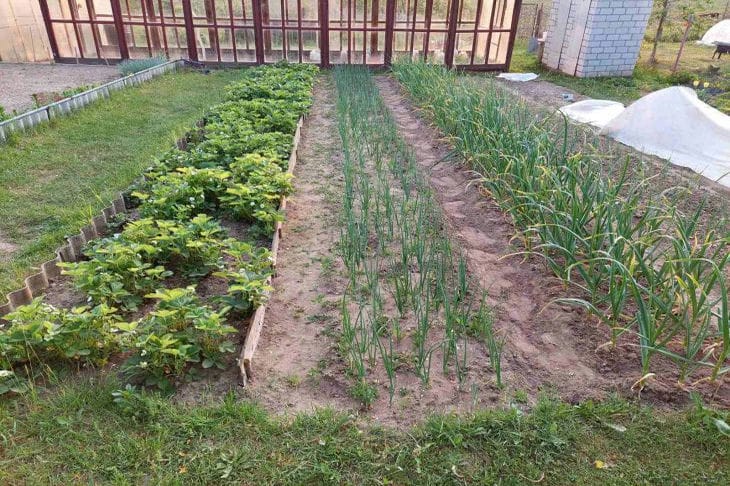How to effectively fight weeds: important for gardeners to know
Every gardener dreams of a blooming, healthy and beautiful garden.
But on the way to this dream there are uninvited guests, such as weeds.
They take away moisture, light and nutrients from cultivated plants, spoil the appearance of the area, and sometimes even become a breeding ground for pests.
Weed control is a constant concern that requires a comprehensive approach, says Anastasia Kovrizhnykh .
Prevention: Don't Give Weeds a Chance
You need to start fighting weeds before they appear. Autumn soil digging destroys the root system of perennial weeds and prevents seeds from germinating in the spring.

Deep digging (with a shovel blade) with a layer turnover allows you to “bury” weed seeds to a greater depth, where they will not be able to germinate.
In the spring, before planting, you can treat with herbicides. Herbicides are chemicals that destroy weeds.
When choosing a herbicide, you need to consider the type of weeds, the type of crop plants, and the degree of contamination of the area. It is important to strictly follow the instructions for use so as not to harm crop plants and the environment.
Regular weeding: the key to a clean garden
After planting, it is important to prevent new weeds from appearing. Regular weeding is the basis for controlling them.
Young weeds are easy to remove by hand or with small tools such as a hoe or a flat cutter. Regular loosening of the soil around the plants not only removes weeds, but also improves soil aeration.
Mulching: A Reliable Barrier to Weeds
Mulching is another effective way to suppress weeds. Mulch is a layer of organic or inorganic material that is placed on the soil surface.
Mulch blocks the light needed for weed seeds to germinate, retains moisture in the soil, and prevents plant roots from overheating.
Straw, sawdust, peat, compost, crushed bark, agrofibre or black polyethylene can be used as mulch.
Crop rotation: smart planting planning
Proper crop rotation also plays an important role in weed control. Alternating different crops on the same plot prevents weeds from adapting to certain conditions.
For example, after continuous sowing crops (grains, grasses), it is recommended to plant crops that require intensive soil cultivation (potatoes, tomatoes), which allows for effective control of perennial weeds.
Strong Plants: Natural Weed Control
Creating favorable conditions for the growth of crops is a key point in the fight against weeds.
Healthy, strong plants compete better with weeds for resources. Provide plants with sufficient moisture, light, and nutrients.
Weed control is an ongoing process that requires attention and effort. But by taking a comprehensive approach and using effective methods, you can minimize weeds and create the garden of your dreams.
Earlier we wrote about 3 spoons of what product should be added when watering cucumbers.
